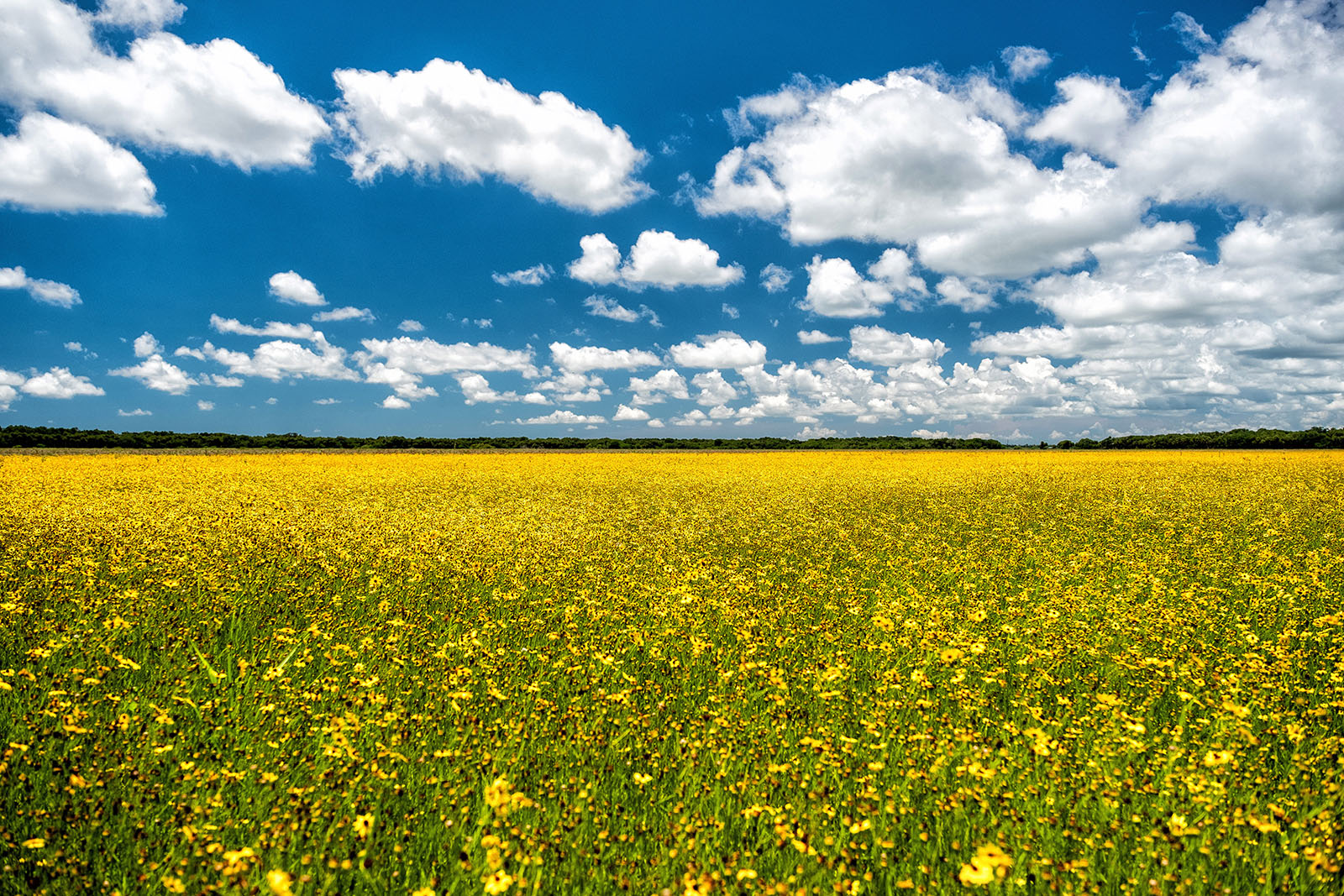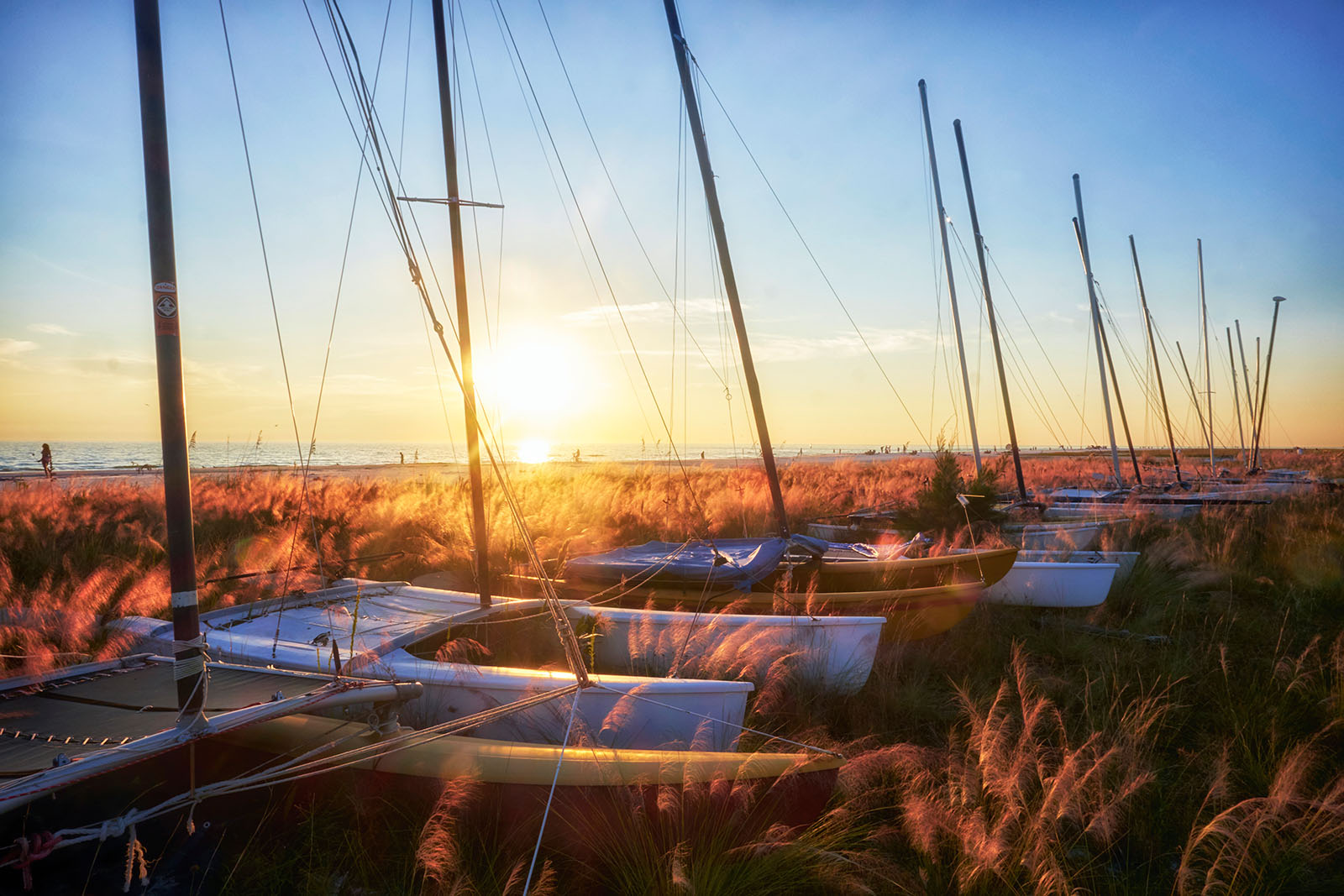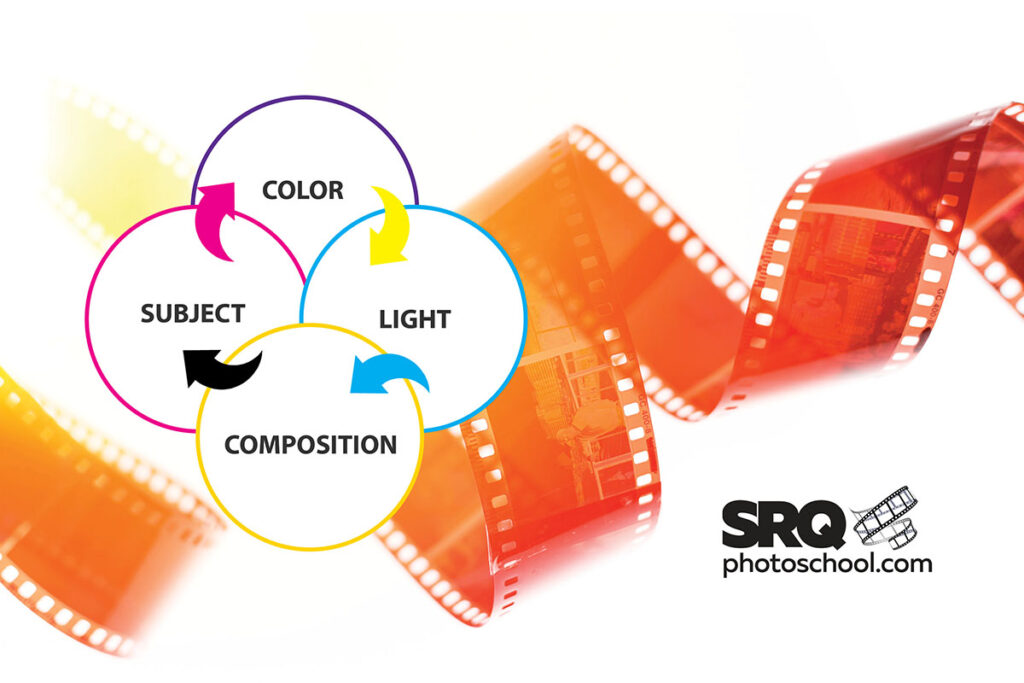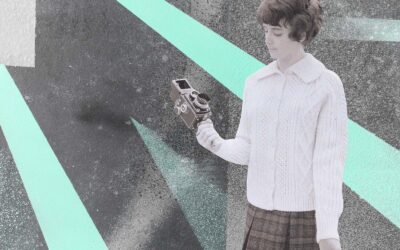
Every serious photographer undoubtedly has some interest in landscape photography, here are some considerations to up your landscape game.
To help illustrate some important trending topics and considerations for not only Landscape Photography, but most generes I’d like to use the recently released winners of the Nature Conservancy 2022 Photo Contest and in particular the Landscape Category. Let’s take a quick peak at the category winners (click on an image to view larger and scroll the gallery):
To see the entire competition, click on the link below, you’ll be glad you did.
https://www.nature.org/en-us/get-involved/how-to-help/photo-contest/2022-winners/

The seven winners in the landscape category are all very impressive. Noteworthy, however, is that these images were all shot with different equipment as one would suspect, but the overall winning entry of the entire photo contest with thousands of entires from all over the world is an aerial shot with a DJI Mavic II ($1,200) drone!
Can you see which one that is?
It wasn’t of a particularly incredable set of circumstances when the earth was aligned just right and somebody was there to capture it. In fact you could probably go and take a similar shot today if you could find the location. It was, however, brilliently conceived and carefully composed.
The point I’m trying to make is, it’s not at all about your gear. As long as your equipment is adequate to tell your story, you are in business.
SO TIP ONE, STOP CHASING GEAR, SAVE YOUR FUNDS AND TRAVEL OR SHOOT MORE…

Change Your Perspective
Sometimes it only takes changing your perspective a little to take what otherwise might be an ordinary image and make it extraordinary.
You don’t need a drone to do this, but have you ever noticed how different the world looks from the window of an airplane? Try shooting a subject from above, below or from a non-intuitive angle.

Color captivates and sets the tone
People are drawn to color (this applies to the lack of it as well). Design and advertising are entirely dependent on color and I profess that along with light, it is the single most important element in your photograph.
Taking color one step further, if you can chose harmonious colors you will be even further ahead of the game.

Check out this link for a quick primer on color: https://www.sensationalcolor.com/creating-color-harmony/
Conversly, when you are shooting landscapes that are lacking or void of color like a desert landscape or Florida canopy (see featured image) you may want to consider representing your subject in Black and White because we are rarely presented subjects that are not in color no matter how boring it may be.

Your phone will make you a better photographer
Unlike your camera, your phone is always with you and in most cases gives you more accurate feedback as to what’s possible. Lots of times this is all you need. Some of my very best landscape images were taken in difficult or lack luster situations when I wasn’t properly compelled to get my “other” camera.
One thing is for sure, the more you shoot with your phone the better you will be with your camera if you choose to shoot with one.

Light is critically important
Photography, from the Greek word “Photos” literally means “painting with light“. Which is why, light is critical to all photos. Because most landscapes require more light than we will every be able to manufacturer or modify its super important to both understand natural lighting and to have a lot of patience to recognize when it is optimum at the moment.
I’m not that good so I usually take a “benchmark photo” with my landscapes as my standard. I do this early and often in great haste. This is because you never know when the light is going to improve OR deteriorate. I simply try to improve on my first shot as the situation progresses with both light and composition.

Combine elements
Combine your elements and always try and have a point of interest, which is probably the reason you took the image in the first place. That’s the bolt of lightning, bird in flight, light dappling off the water, strong shadows, leading lines and so on that you first saw that prompted you to make your picture in the first place.
Remember, every great image has something in it that is exceptional. The rest of the elements simply support that. It isn’t always the subject itself, it may be the supporting ingredients. This is what I call “The Recipe of a Great Image” where each really good (aka compelling) image has one of these elements in great abundance and the rest as supporting ingredients.
The more common your subject is, like most landscapes, baring human intrusion the more important your ingredients need to be.




